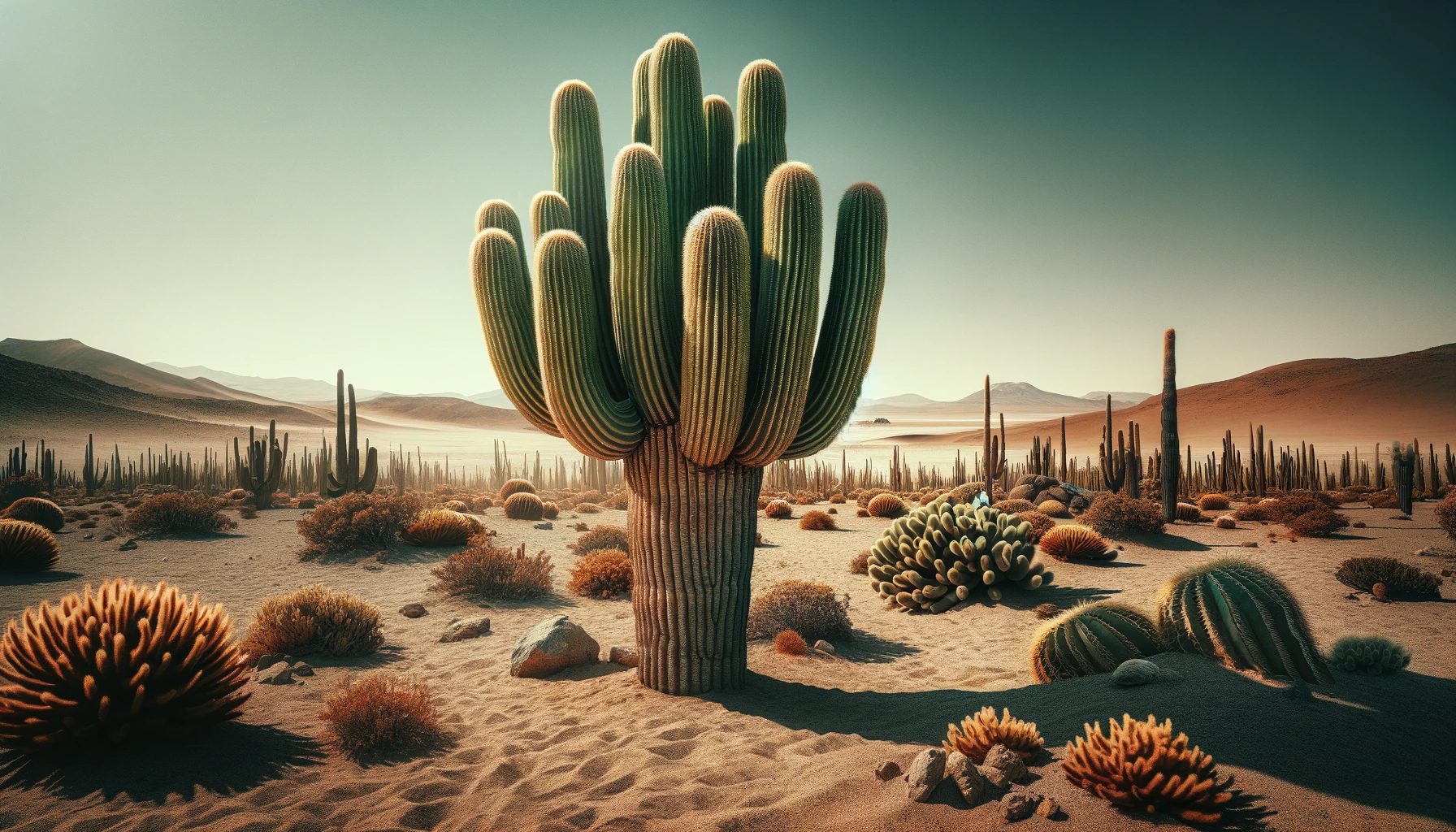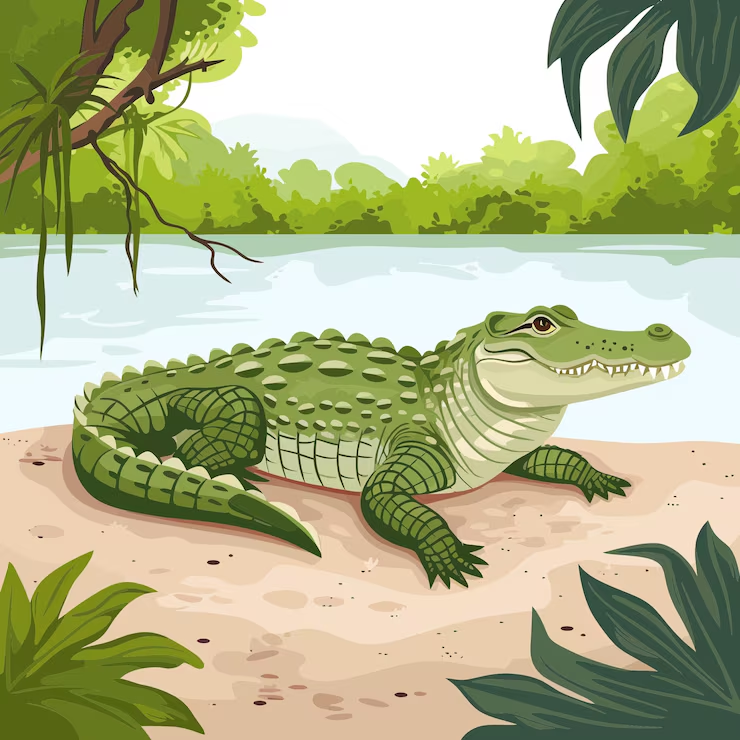Answers For [Complete IELTS 5.0 - 6.5] - Plants that lives in the dessert
Answers and detail explain for [Complete IELTS 5.0 - 6.5] - Plants that lives in the dessert
Explain
[Complete IELTS 5.0 - 6.5] - Plants that lives in the dessert

LECTURER: In today's lecture. I'm going to continue our work on plants and talk about plants that live in the desert. Now, just a bit of background information first. As you know, about a third of the world is covered in desert, and the sort of area they're found in is important. 1Deserts are usually created because the area of land where they lie is located in something that's called a 'rain shadow'. Now, this is a region that's beneath a mountain range, and what happens is that the wind blows over the mountains towards the area, but as it does so, the air loses its moisture and becomes very dry.
LECTURER: 2Because of this 'downwind' location, rainfall often totals just a few inches a year or, in some regions, there's absolutely none. And you can imagine the effect of this... 3It means that whatever rain does fall evaporates quickly from the ground, and that makes the soil salty... and also leaves behind a whole range of other minerals as well.
LECTURER: Now, despite this, deserts are home to many living things. In fact, they're second only to tropical rainforests in the variety of plant and animal species that live there.
LECTURER: So, how do plants grow in a place that's so dry? Well, they're specially adapted to do this. In fact, many of the fascinating features of desert plants are adaptations - these are traits that help the plant survive in its harsh environment. And 4desert plants have two main adaptations: the first is that they have an ability to collect water and to store it. Some have large root systems and amazing internal water-storage systems. The second adaptation is that they have features that can actually reduce water loss... and these are often very special leaf designs or additions to the plant structure.
LECTURER: So let's have a look at some examples. Desert plants often look very different from any other plants...
LECTURER: OK. This first one is the 5Saguaro Cactus, which grows in North America. It looks a bit like an open hand with long fingers. This plant has a large network of roots that extend far, far away from its trunk, and these 5roots collect water after rain, then the water's taken here to the green stem. This is where all its water is kept, and it keeps the whole plant alive until the next rain comes. It's a pretty, woody plant - in fact, um, its skeleton is actually used in building materials, so it's quite strong.
LECTURER: This next plant is called the 6Barrel Cactus - named because it does look rather like a barrel. It can grow up to a metre in height, which is pretty big, and it has long, yellow spines. Now, 6this plant has an interesting adaptation because its shape allows it to expand when it rains - hence the barrel - and store water in its spongy tissue. But then it shrinks in size during dry times as it uses the stored water. So that's a clever design.
LECTURER: This third cactus - often just one plant reaching upwards - has these white hairs all over its surface. It's called the 7Old Man Cactus because of the white hairs, and these help the plant reflect the hot desert sun. So this adaptation is a water conservation aid if you like.
LECTURER: Another adaptation not directly connected with water but with survival is found on something like the 8Prickly Pear Cactus. There are hundreds of these in the Mexican desert. I'm sure you've seen them on films and adverts... Um, yes, so because desert plants store water in their spongy tissue, animals will eat them. So 8the plant has sharp thorns specially designed to prevent the predator from being able to -- well, get near it at all
LECTURER: Our next plant is called the 9Desert Spoon. This plant has long leaves that fan out, and they're very succulent because they can also store water inside. However, 9they're also usually very tough, and this helps keep the water inside and also makes them less tasty.
LECTURER: Finally, we come to the 10Aloe Plant. This is one that many people keep in their homes. It's an attractive plant which has leaves that look and feel rather waxy. 10This surface behaves in a similiar way to a plastic wrapper and helps the plant to hold the water in. It's a wonder plant, this one. Its juice has been used as a medicine for centuries, and even today, you can find it in products on the pharmacists' shelves or in creams and lotions. OK... well, we're going to take a closer look.
Complete the notes below. Write NO MORE THAN TWO WORDS for each answer.
DESERT PLANTS
Background
- Deserts found in what is known as a 1 (rain shadow) (or dry area).
- Annual rainfall, if any, amounts to a 2 (few inches) .
- Soil contains a lot of salt and 3 (other minerals | minerals) .
General adaptations of desert plants
- They can 4 (collect) and store water.
- They have features that reduce water loss.
Examples of adaptations
- Saguaro Cactus: stores water in its 5 (green stem | stem)
- Barrel Cactus: can 6 (expand) or shrink according to weather
- Old Man Cactus: has 7 (white hairs) that reflect the sun
- Prickly Pear Cactus: has 8 (sharp thorns | thorns) to keep away animals
- Desert Spoon: leaves are 9 (very tough | tough) to reduce water loss
- Aloe Plant: leaf surface acts like a 10 (plastic) covering and keeps water inside
![[Forecast Q2-2025] - Biology lecture](https://static.helik.app/reading/8fd3d7d2-ccf9-47a3-8920-2e7a3b0d6607)
![[Forecast Q2-2025] - Living in the City](https://static.helik.app/reading/1a60bcf3-f3a7-4e9b-97a2-94d156a0de3b)
![[Forecast Q2-2025] - Student Union](https://static.helik.app/reading/fb443123-8c1d-447e-8c79-5a01650f4754)
![[Forecast Q2-2025] - Fruit-picking Job in an Orchard](https://static.helik.app/reading/e1968346-6c55-44ae-b8d3-f6a4fb7207b9)
![[Forecast Q2-2025] - University Crime Prevention](https://static.helik.app/reading/bdda593e-16d6-4c72-8a12-b116e917b27c)
![[Forecast Q2-2025] - Business Course](https://static.helik.app/reading/3308e282-99a6-4bcb-9d22-0b488701d968)
![[C20T1] - Choosing a restaurant](https://static.helik.app/reading/e9b21123-c43c-42fb-88b7-5d0be3a37e03)
